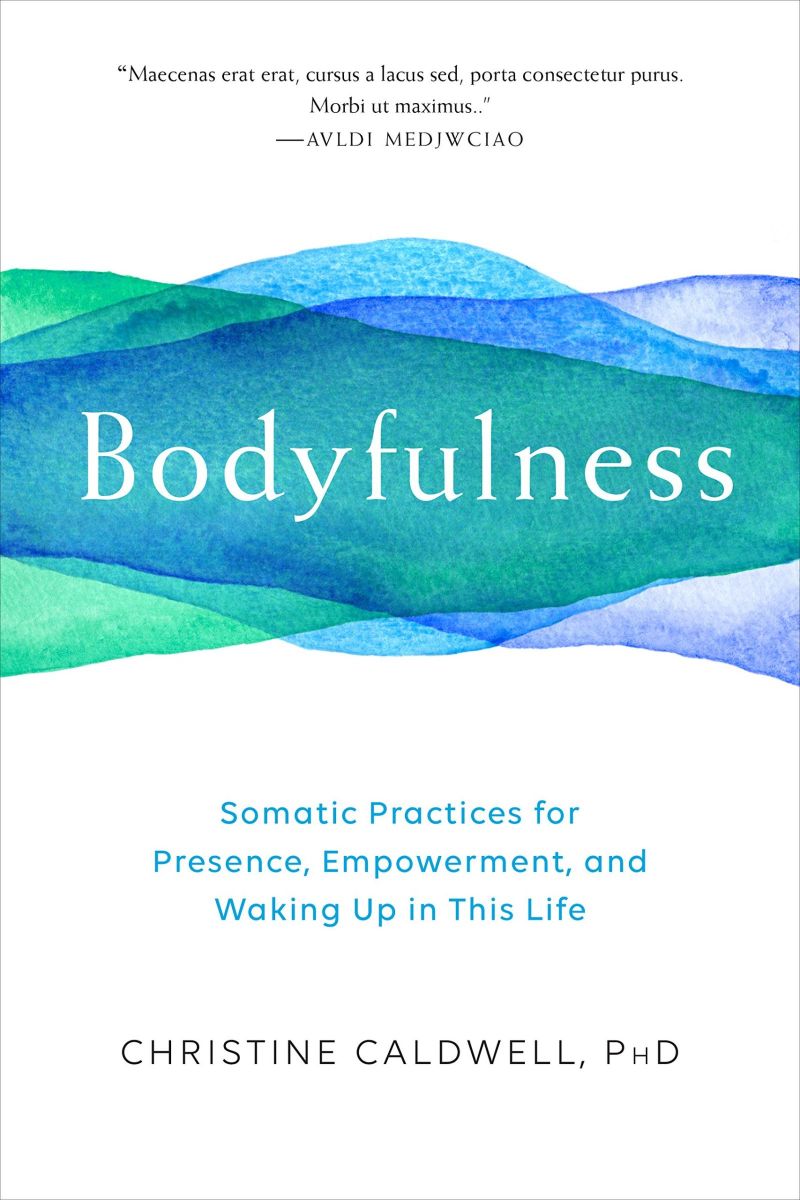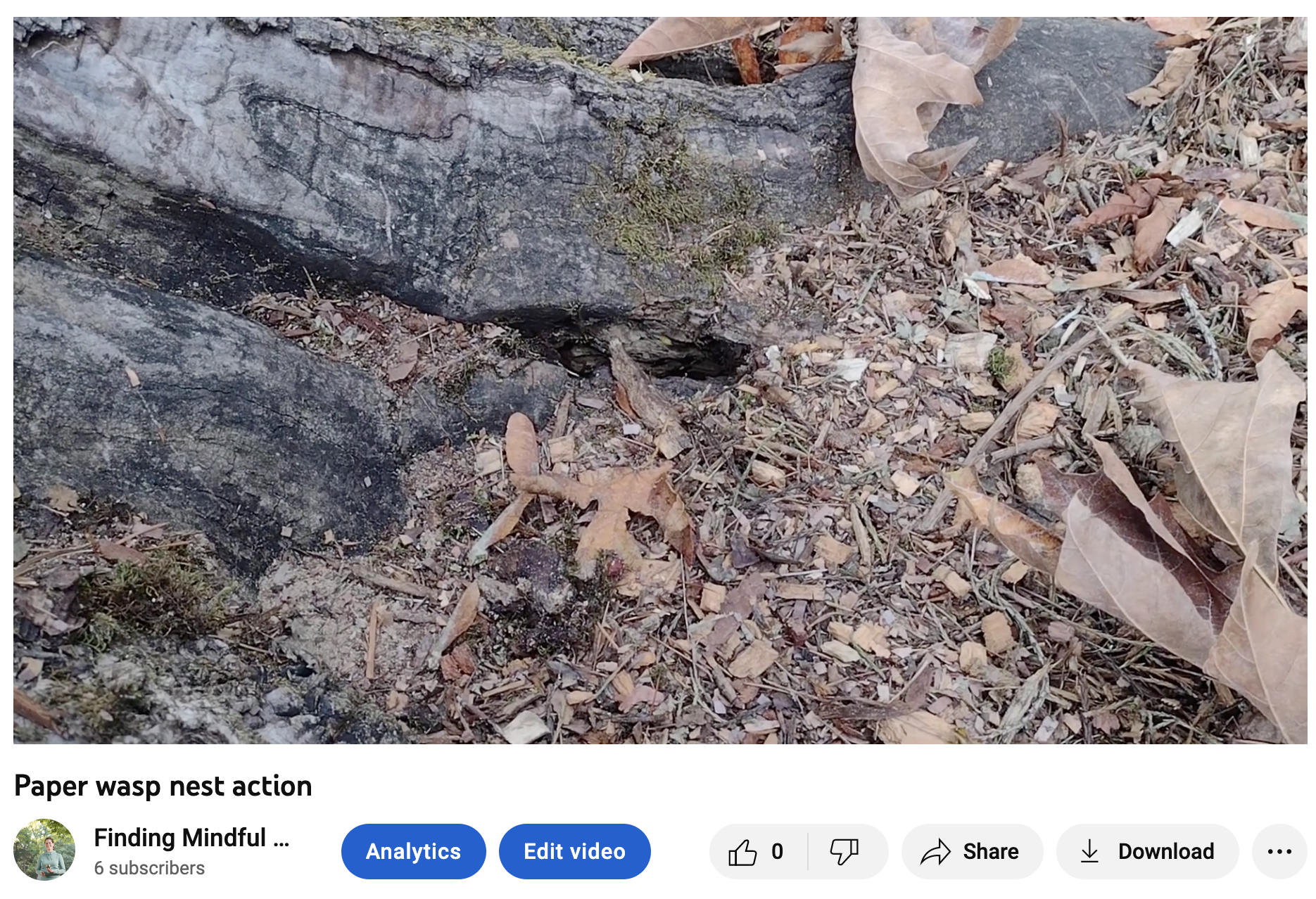Moment of Mind Oct/Nov 2022

Moment of Mind

What are we practicing?
The applied invitation this week is to notice what you're doing...as a sign of what's being practiced by the whole brain-body system.
Each day.
Whether it's conscious, on autopilot, or a default way of acting.
Whether it's habits your mind labels as "good", "bad" or...something that's a new behavior and not habitual.
Things like:
- Waking up slowly, or with an alarm, or with a child's sounds or an animal ally nudging you up
- Drinking coffee, or tea, alcohol, water, or...?
- Practicing looking at electronic screens or taking breaks (I'm such a practiced screen looker-ater!)
- Spending time sitting or walking or...?
- Avoiding anxious feelings and thoughts (or turning toward them to feel and greet them)
- Practicing reaching out to friends or loved ones, or not doing that... or both?
- Looking for things to criticize or blame, or noticing what you appreciate...
- Saying thank you aloud
- Practicing scrolling...
and so on.
The applied mindfulness invitation this week is from a book described in the next section, which is a broadening of the word "mindfulness" to include the body, spirit, and beyond.
This is something I have played with for the last month. I like noticing what the system is practicing because it helps me see what patterns the body has acquired, where there is resistance to change, and where there may be judgments showing up. This isn't to shame and blame ourselves...it's to notice what auto-pilot behaviors are there and inquire as to why.
What beliefs are driving the scrolling? Or the thank you saying? Or the not reaching out to connect?
One of the aims that has emerged in my life these last handful of years is to fully embrace all human experiences. What does that mean? It means not turning away from grief, anxiety, anger, frustration, worry, or various forms of pain. It means that when judgment shows up owning that too. It means understanding when I am criticizing someone else how there's a seed of that same behavior I'm judging showing up in this system too (in some small way) and looking at that to understand it better.
Basically I don't want to practice bubble wrapping this body into a corner to avoid experiences.
But how??
When life can consistently feel overwhelming (climate disasters, wars, oppression, loss, etc.) spending time with the daily feelings can seem like too much.
So...this is an invitation for testing the waters slowly, one sensation at a time, as part of understanding or reclaiming, the wholeness that you already are, and always have been. It's an invitation to create structural supports to let you test those waters and to see how capable you really are.
Growing awareness of wholeness in turn begins to reveal the innate capacity it is. I am very early in this process; from what I can tell from other teachers and guides who clearly live it daily, I can only say that each system goes at its own pace. It's the wisdom that we are shining through this temporary form.
Emotions and feeling states are normal, natural, human experiences. They are part of the wholeness.
You are not broken because you have suffered. Suffering also points to your wholeness, although most people don't talk about it this way.
A growing practice for me is to continue to expand what some therapists and coaches call "resourcing" or an understanding and awareness of the resources that the human system has built-in as supports for healing and integrating past trauma.
They are there in everyone - along side disabilities, as part of chronic illness (mental and physical), and accompanying any label or category that society has used as a separator, a divider, or a reason to claim someone as "less-than." The practices we use in mindfulness walks and forest bathing are part of those resources. The ones that got you through the worst days you've ever had are too (note - you are still here, yes?). The ones we use in negotiating a raise, setting a boundary with a loved one, or recognizing when we're being led by a negative belief spiral are also part of it.
In my 20s the innate capacity of this system used dissociation to cope with intrusive thoughts from long ago trauma memories. As I take more classes on somatic healing of trauma I am learning from many teachers that this is the body's wisdom and intelligence - not something that's "bad." It can also become so practiced that it becomes a habit that's not always helpful.
Our systems learn, acquire, and discard, behavioral patterns throughout this human life span. You can see this in something as simple as finding better ways to put your shoes on or write with a favorite tool (gel pen? pencil? ball point?).
As you notice what you're practicing each day see if you can get curious about it. You can note this down in a journal if that is helpful. This isn't a tally for judgment or pride...it's an inquiry into what patterns the body is revealing have been learned.
As always, I'd love to hear what you notice.
Love for Your Inner Science Activist Nerd

The book I've been reading the last couple of months is by Dr. Christine Caldwell called Bodyfulness. What I love about this book is a revisiting of aspects of our body we take for granted that can... chaaaange. And not only that, our body has so many built in intelligent supports! Nearly every section of this book involved some kind of ah-ha moment for me.
The book is arranged around eight principles of bodyfulness, which are described in an interview with the author here:
- oscillation (for example your breathing is back and forth or up and down or in and out)
- balance (the sensation of how your body orients in space)
- feedback loops (every part of us sends and receives information to other parts)
- energy conservation (how your body for example while there's a stress activation saves energy to deal with it and what this means for health)
- discipline (maximizing and maintaining capacity through practice, without the judgment)
- change and challenge (in order to change something we have to challenge the status quo - including of the body and our feeling states)
- contrast through novelty (your brain scans anything new to ask "is this safe?" - novelty can be part of change and challenge)
- associations and emotions (your brain created associations between sensory inputs and which emotions to create, it then applies those learnings from the past to current situations - even though something different is happening)
She revisits the concept of "Neuroplasticity", which refers to the brain's ability to change, adapt, and grow throughout life. Our brain-body system is also available to learn new skills, expand capacity, and discard old patterns. Just like you have neurons in your brain that can shape shift, you also have nerve fibers in your body that have the ability to extend or become rigid.
She then layers many practices using these 8 principles of bodyful function with four central themes: breathing, sensing, moving and relating.
Each section of each chapter includes practices to try on, like the one written above. I'm still playing with ones from the first half of the book and it's brought many insights about what the body does in various situations. These practices then work with others that I'm learning in a therapeutic somatics class where we can start to see how different bodily states (resistance vs curious attention as depicted in the video at the top of the newsletter) feel and what this does for held bodily patterns.
Why bother? Because the ability to stay with feelings, to stay with emotions, is a main ingredient in healing and integrating the "hard" experiences of life. It's also incredible for working through and responding to the day to day moments. I can see in my own growth how much more available this system is to receiving support from others after years of giving it to myself.
I also appreciate how she points out various forms of oppression that are barriers to bodyfulness - including viewing the body as a "project" to be "fixed" or "controlled" rather than a self organizing living system with its own capacity.
My only critique is that like many other books I've read in various fields - they aren't all talking to one another and some of the more recent neuroscience is in this book...and some of it isn't. This doesn't make it less powerful though. I invite you to check it out!
Get Your Park Groove On

In the realm of contrast through novelty and leaning into learning through flexibility, this past month I accidentally communicated the *wrong* park for a forest bathing walk. Whoops. I went to the one in my head and everyone else went to the one my mouth said aloud. After about 15 minutes of flustered phone calls and apologies I relocated to the correct one - Sellwood Park - and met up with the folks waiting for me.
To our delight, the more than human world embraced us and guided us to reconnect to our senses. We were greeted by a hawk as we set our intentions, then interacted with many a squirrel, flocks of geese, and this busy group of paper wasps nesting at the base of a tree as shown in the video. Never underestimate the power of living systems to connect.
Sellwood Park at SE 7th Avenue and Miller Street in Portland, Oregon is about a quarter mile above the Willamette on a plateau on the east side, in the neighborhood of the same name. It's accessible with multiple flat trails and pathways both paved and woodchipped. There are bathrooms, ball fields, wide open spaces and forested sections. If you live in the area and haven't wandered by yet it's worth a ramble.
Upcoming Events & New Offers
This last week has brought an unexpected family emergency and circumstances I'm working through with my somatic therapist so that the brain doesn't store events to become intrusive memories later.
Based on this, I'm tabling the programs for the new year until I see how the body, and the small child part in particular, are doing after more integration time. I invite you to see what your small inner child needs right now...and give it to them.
Take care of your wonderfulness and each other.
Much love,
Tia
PS Next week is an eclipse on Tuesday and a full moon on Wednesday. If there's something you're wanting to create a ceremony around in partnership with the more than human world, I invite you to consider doing it on one of these days/evenings.
| Copyright © 2019-2022, Finding Mindful Now LLC, All rights reserved. www.findingmindfunow.com, originally published on MailChimp with information on current offerings. Some images or content lightly revised since initial publishing. |
